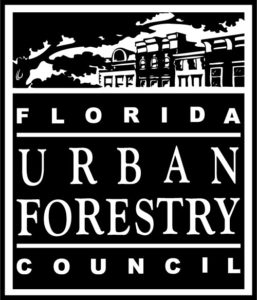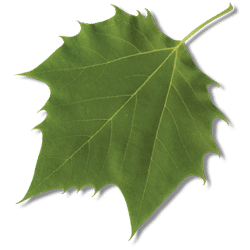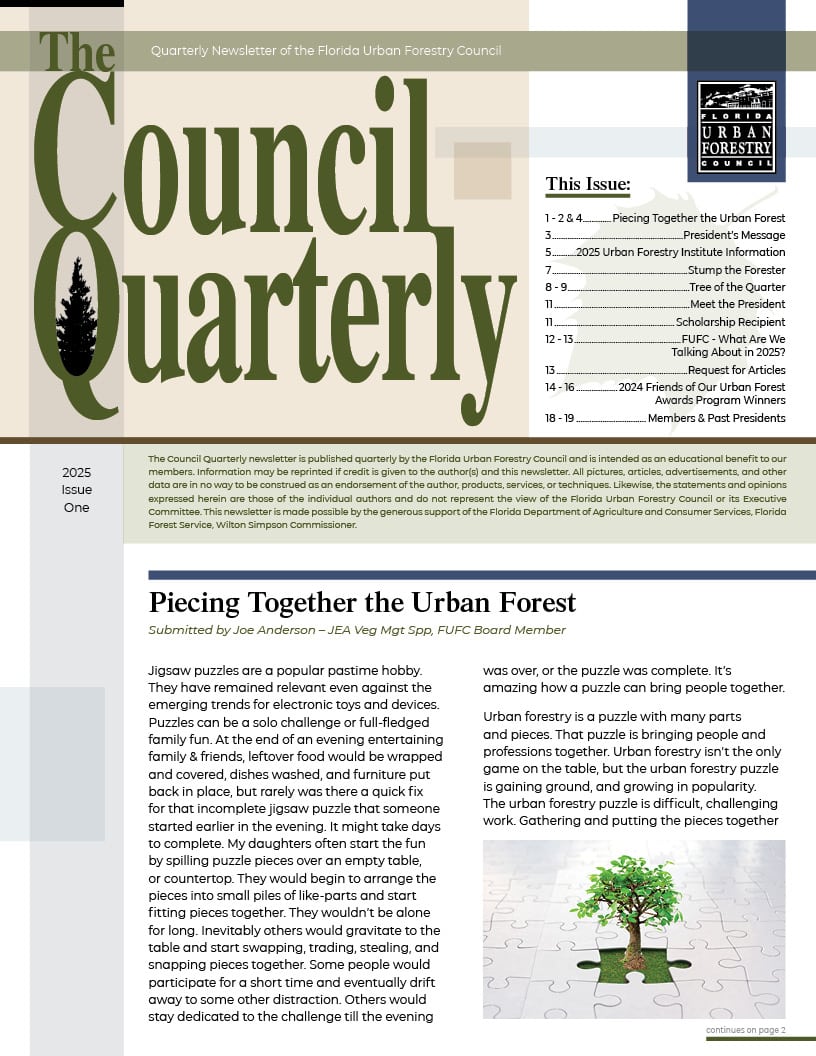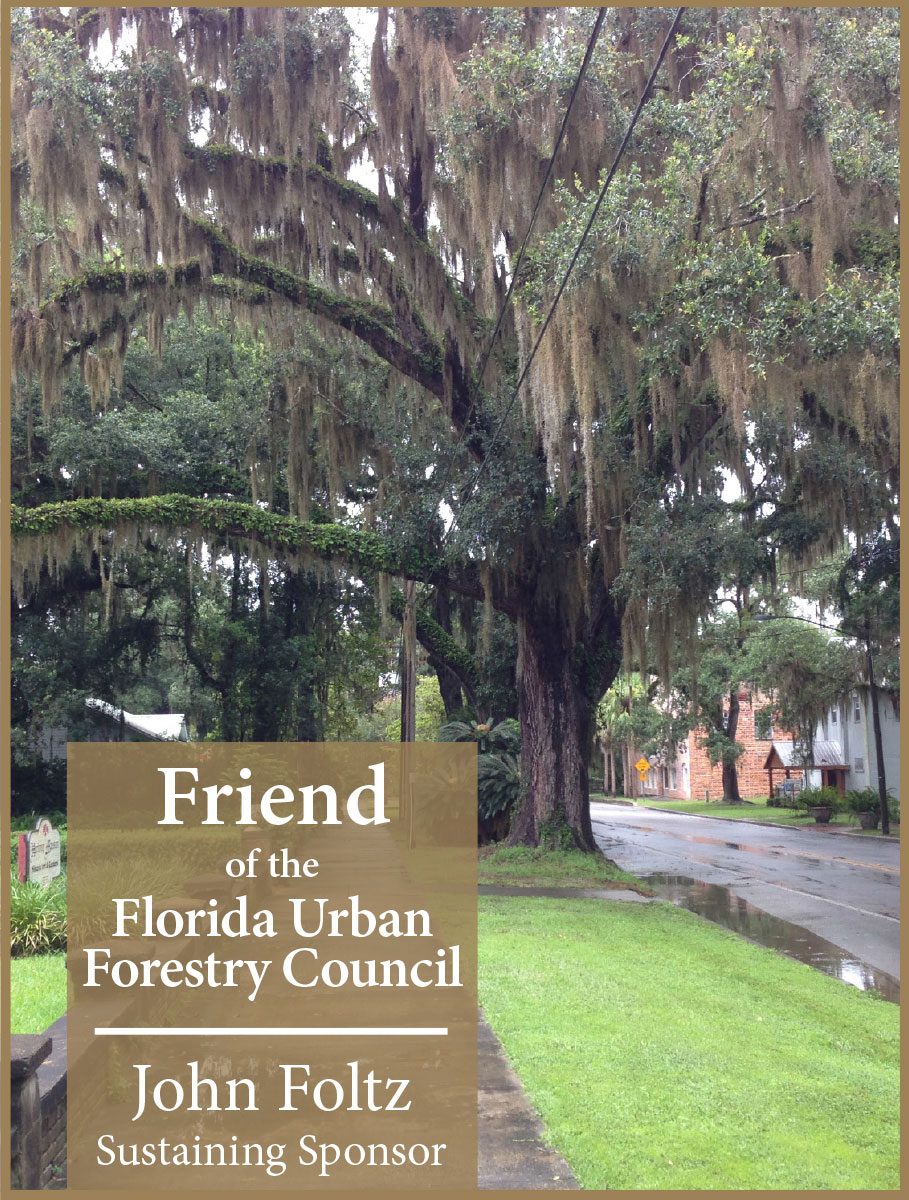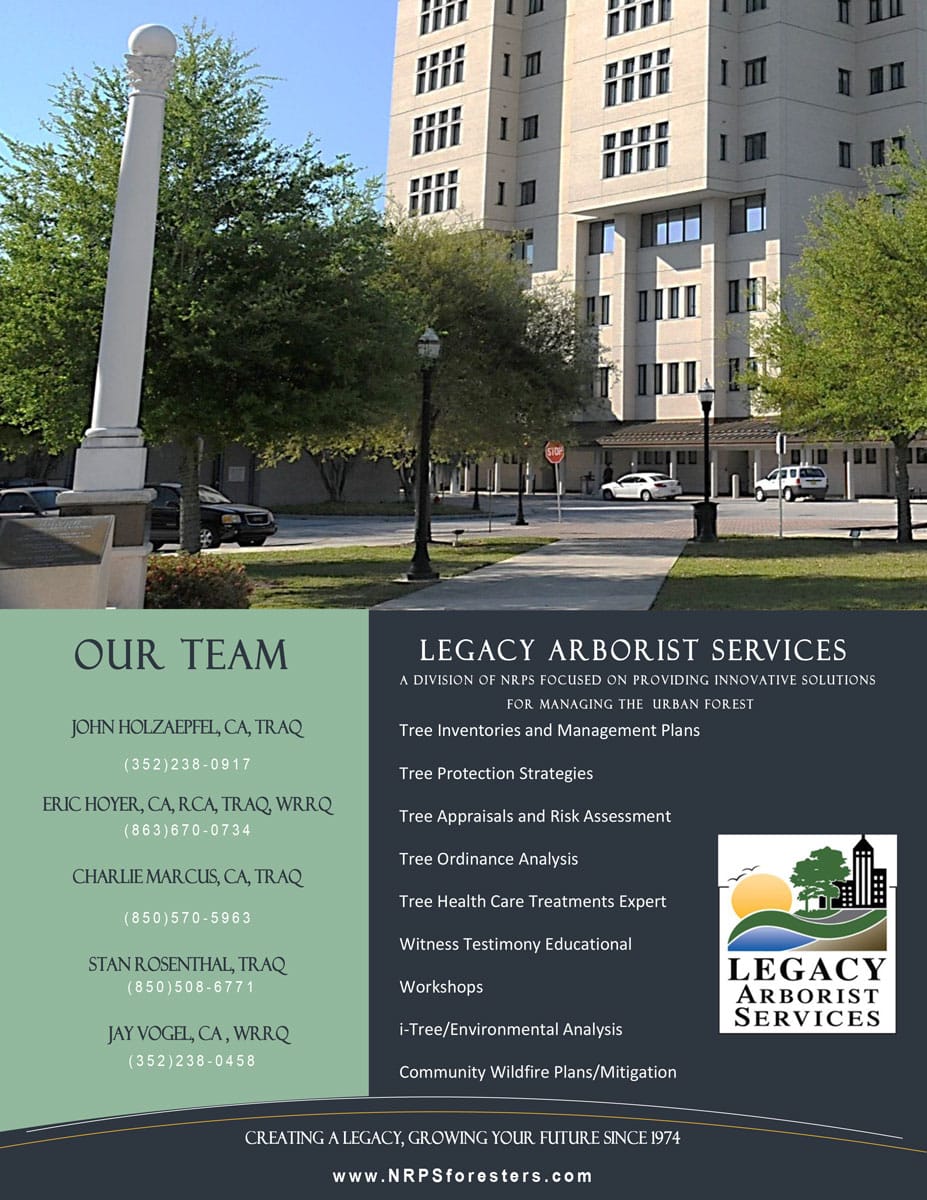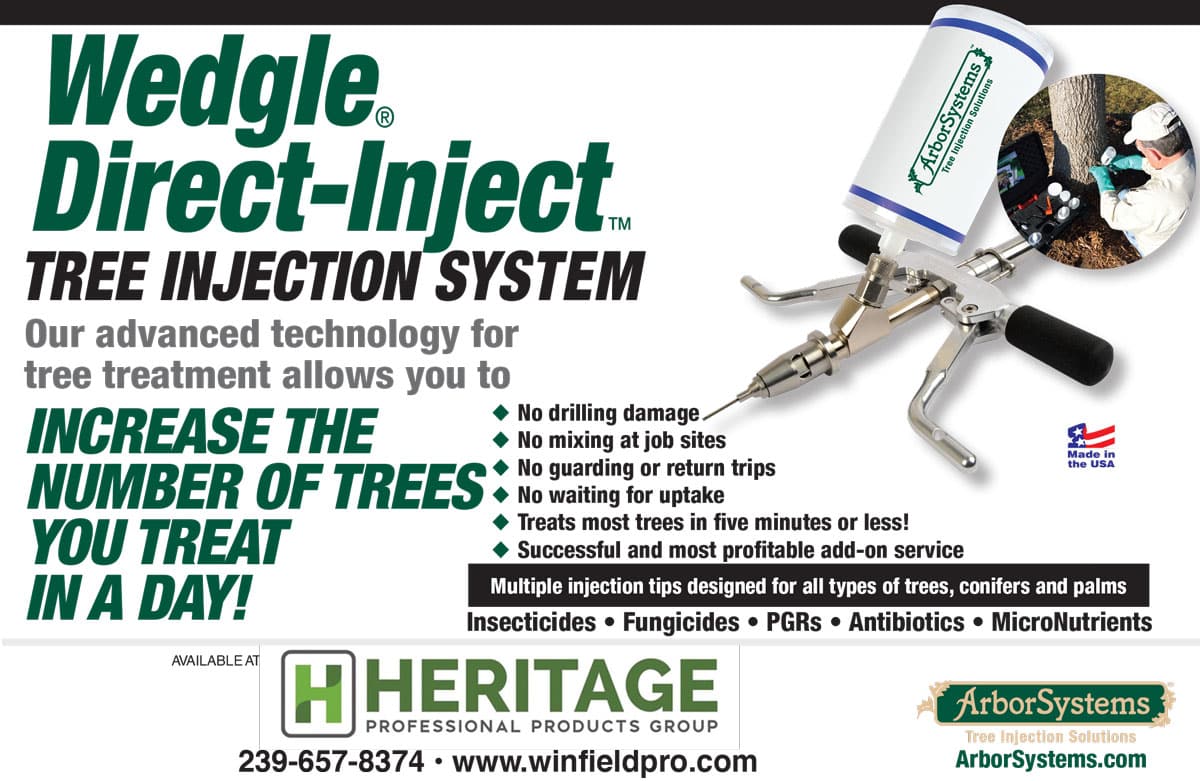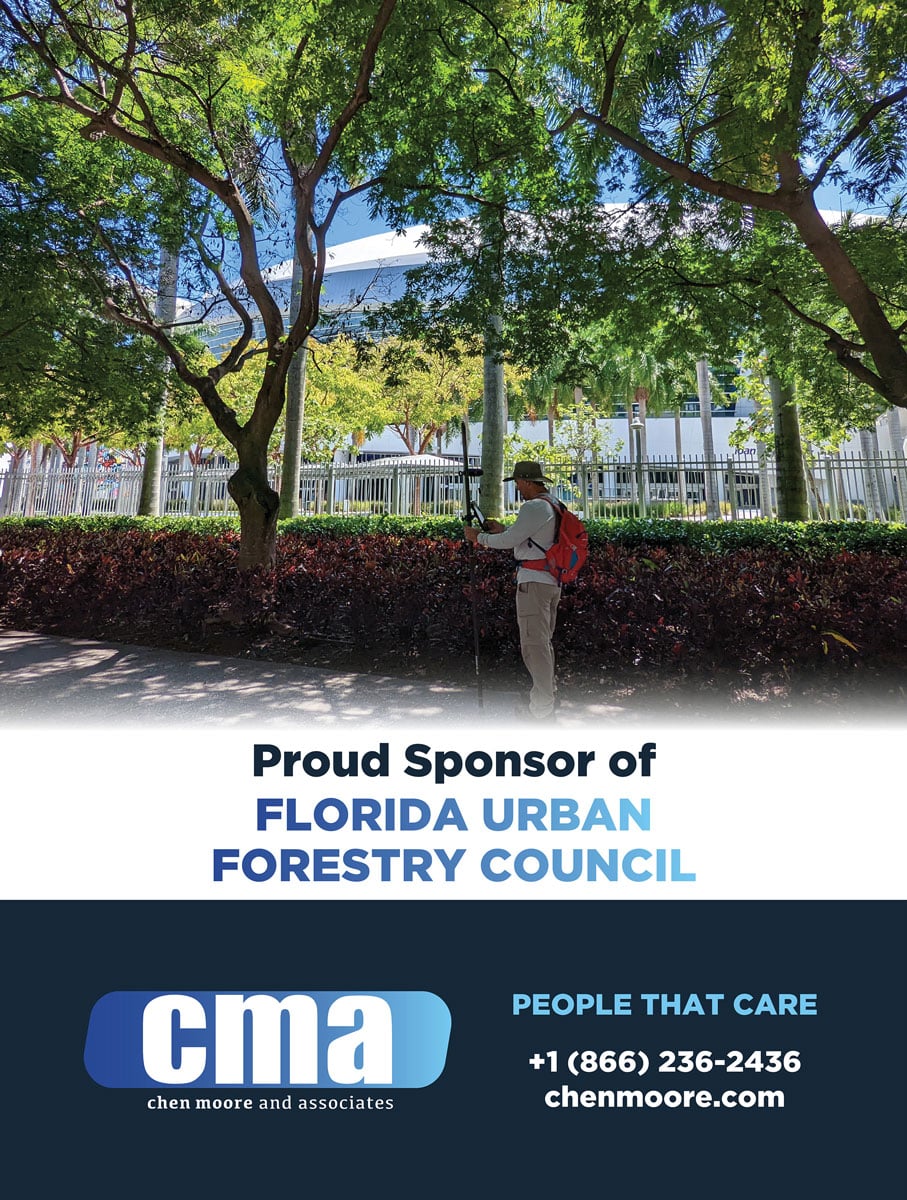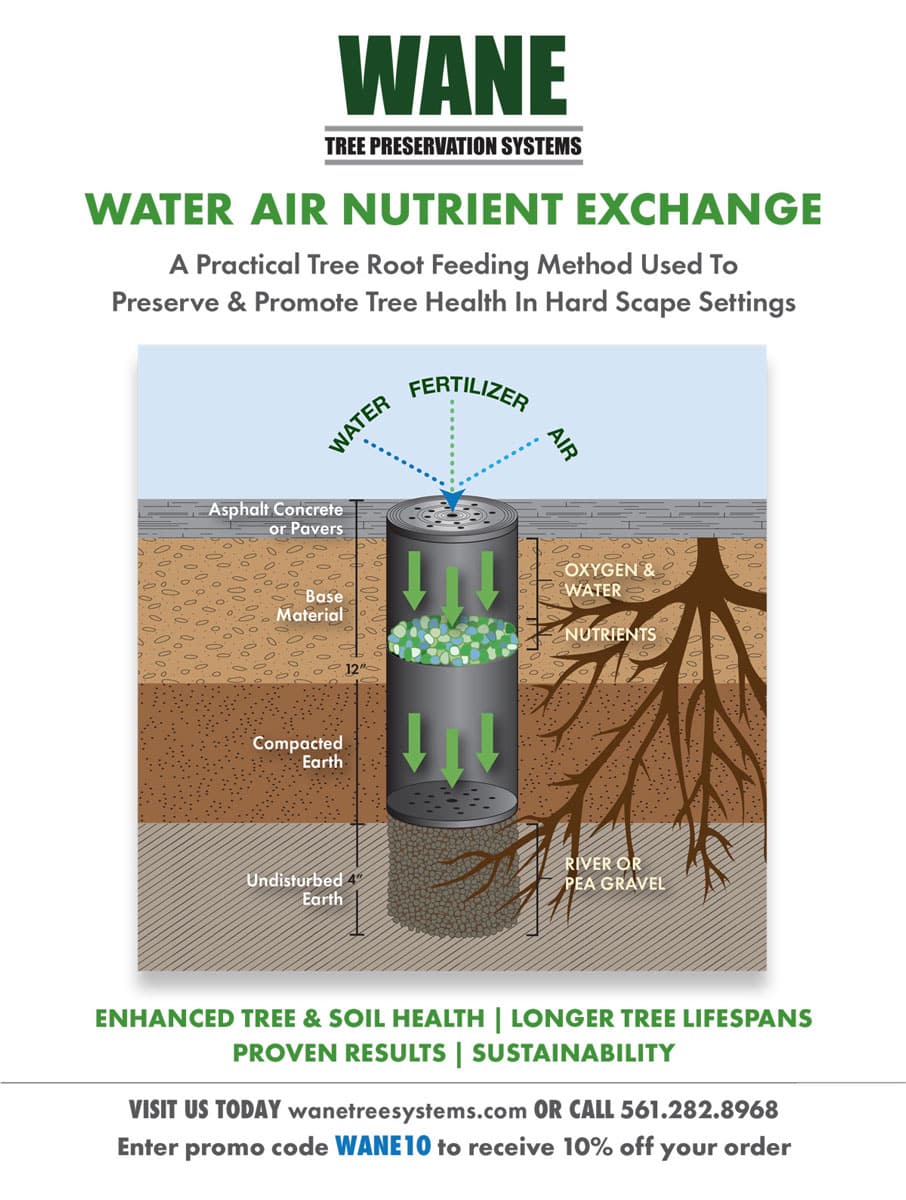Jigsaw puzzles are a popular pastime hobby. They have remained relevant even against the emerging trends for electronic toys and devices. Puzzles can be a solo challenge or full-fledged family fun. At the end of an evening entertaining family & friends, leftover food would be wrapped and covered, dishes washed, and furniture put back in place, but rarely was there a quick fix for that incomplete jigsaw puzzle that someone started earlier in the evening. It might take days to complete. My daughters often start the fun by spilling puzzle pieces over an empty table, or countertop. They would begin to arrange the pieces into small piles of like-parts and start fitting pieces together. They wouldn’t be alone for long. Inevitably others would gravitate to the table and start swapping, trading, stealing, and snapping pieces together. Some people would participate for a short time and eventually drift away to some other distraction. Others would stay dedicated to the challenge till the evening was over, or the puzzle was complete. It’s amazing how a puzzle can bring people together.
Urban forestry is a puzzle with many parts and pieces. That puzzle is bringing people and professions together. Urban forestry isn’t the only game on the table, but the urban forestry puzzle is gaining ground, and growing in popularity. The urban forestry puzzle is difficult, challenging work. Gathering and putting the pieces together will take time. Difficult things will take time. Impossible things will take a little longer. It may seem impossible at times; but it’s not an impossible puzzle. It’s meant to be solved. It can’t be solved all at once, or when working alone. Significant parts, components, and segments can be put together and put to work; but the entire puzzle will take time. There is no short timeline when piecing together urban forestry. There are techniques when putting the pieces together, but there’s no magic in it. It takes work, experience, funding, collaboration, and often a keen eye to recognize the various interfaces and opportunities that can snap pieces in place when bringing larger cohesive parts in view.
Knowing what the BIG picture is going to look like is an important factor in completing any puzzle. The BIG picture will provide the image, and vision that will reveal how the framework should come together. The same is true with urban forestry. Once others get a glimpse of the BIG picture it’s easier to entice them to participate. The fun of putting parts and sections together, piece by piece, will begin. There are no extra pieces in the urban forest. Every existing piece has a spot to fill. Every piece must fit itself into the larger narrative of the BIG picture. The BIG picture may be the design plan for a local project, an urban forestry master plan, a City’s resiliency plan, or a grant proposal.
Urban forestry is more than a complex puzzle, it’s a series of riddles too, with lots of questions.
- What is the BIG picture of urban forestry?
- What is the long-range vision? Where does it begin?
- Where does it end?
- Where are the pieces and how do they come together to create a final product that we can frame and hang on the wall?
Presenting the BIG picture often requires some explanation of what urban forestry is. What are the acceptable practices? What is the scope of work associated with any project. In the simplest of terms, urban forestry is the science and art of stewardship and management of urban trees, forests, and urban forest resources to meet desired goals or objectives. Urban forestry puzzles come in a wide variety of shapes and sizes. There are many pieces to every urban forestry puzzle. There are municipal pieces; utility pieces; private, corporate, and non-profit pieces; arboricultural pieces; biological; political; social; cultural; environmental; recreational; financial; aesthetic; and educational pieces. The elements of staffing, ordinances, advocacy, and planning (S.O.A.P.) form the four corners within the framework of an urban forestry puzzle. Any person, profession, or entity that touches any of these pieces, should, at some level, be at the table and in the game. Urban forestry is about solving puzzles and riddles. It’s about solutions – cost-effective, sustainable, and obtainable green solutions. The solutions will be found where the different puzzle pieces come together and touch each other.
To further complicate the puzzle, urban forestry is a multi-disciplined field of study. It is a composite of applied sciences to include arboriculture, soil science, hydrology, ecology, geology, wildlife biology, biometrics, landscape architecture, physical, educational, social sciences, and other specialties dedicated to the various components of the natural ecosystems and built environments. Any person, profession, or entity that touches any of these pieces, should, at some level, be at the table and in the game. Every entity will have its own protocols, policies, procedures, set boundaries, and jurisdictions. For example, a local utility provider may follow Best Management Practices of industry standards as they relate to utility arboriculture, and they may be different than traditional arboricultural practices. Utility arboriculture can be limited to utility hazards and conflicts between utilities and trees within a city right of way. In an urban setting a tree may cross many boundaries. Though it may be rooted in a private property, the branches can cross over a municipal right-of-way, a utility corridor, or a neighboring property. Urban forestry, in and of itself, is an evolving discipline of advancing standards, best practices, research, professional development, materials, tools, and technology within both vegetation management and the management of urbanization & development.
Why is urban forestry gaining ground, and growing in popularity? Simply because the human footprint is gaining ground. Urban forestry happens everywhere people and trees impact each other. Urban forestry is where people and human infrastructure (the designs and accommodations people create) share the same space with trees. This will include the urban core; suburban and peri-urban cityscapes; commercial, agricultural, and industrial zones; rural interfaces; travel and utility corridors; recreational venues; and other forms of our human footprint.
Welcome to the Anthropocene – the geological age of humans. We are living in a period in which human activity is the dominant influence on climate and worldwide environment. We have advanced and overcome the roadblocks that limit expansion of our species. The human footprint is worldwide. We have impacted the planet so much there is no place on Earth where trees haven’t been impacted by the mark of man. The solutions that urban forestry provides, goes far beyond our local, community trees and forests. Humans have become a geological force on the planet.
To those employed in the “green” industry, urban forestry is a train of thought – a mindset. It is a specialized type of forestry. It manages and fills the gaps between the gray infrastructure that we build and the green infrastructure that nature provides. The vision is to have all forms of infrastructure complement and complete one another, rather than compete and conflict with each other. It’s hard to grasp the big, world-wide picture. We can though, work on our little part of the puzzle.
Among those who do not understand the physical and biological properties of trees, the term “urban forestry” may seem like a contradiction of terms, an enigma, an unsolvable riddle, or oxymoron. Urban forestry joins a list of oxymorons as healthy cough, pretty ugly, working vacation, and jumbo shrimp. To get a better understanding. Let us first look at the term landscape architecture. There’s no great controversy with the term landscape architecture. There’s a piece of architecture (a building) complemented with an adjacent landscape (trees, shrubs, and ground cover) around the building. Urban forestry is a larger narrative. Urban forestry involves many buildings, many landscapes, and the infrastructure that binds them together (structures, roads, highways, sidewalks, streetlights, power, water, sewer, drainage systems, parks, parking lots, etc.). If done properly, there can be a balance between urban and forest resources. If done properly, the various pieces will fall into place. There’s no paradox – there is no contradiction.
Where do we begin to solve the urban forestry puzzle? We begin by forming groups, sponsors, or partnerships to accomplish aims that they could not have achieve as individuals. Governments, alliances, agencies, corporations, non-profits, departments, leagues, clubs, and project teams should connect when tackling the monumental challenge of the urban forestry puzzle.
People, within their respective professions, will have to come together at the table if we are to work out the puzzle and riddles of urban forestry. We will have to meet, assemble, and gather at conference tables, board rooms, workshops, conferences, webinars, media platforms, and courtrooms. Each must first understand the configuration, boundaries, and shape of their respective piece of the puzzle. Next, we should seek out close partners that are a good fit to our own purpose or mission. If they truly are a good fit, the pieces will stay together forming a larger piece with new and expanding interfaces. As more professions, partners, and stakeholders fall into place others will gravitate to fill the voids and empty spaces. Some will attach directly to us. Others are once, or twice removed, but still attached to a larger portion of the puzzle. For example, street trees and utilities often share the same space. Municipal rights-of-ways can bring together the vegetative management resources of both the city public works and the utility provider. When planting trees in the right-of-way, a local nursery may connect directly to the municipality, but not directly with the utility. In another location, where the utility provider is a Tree-Line USA utility (an Arbor Day Foundation program), the utility piece may have a tab that snaps directly to a local nursery when meeting the community tree planting and public education requirement.
In pursuit of the puzzle, unseen allies will find each other. Slowly, the pieces are no longer an untidy pile of clutter spilled out over a table or countertop. Slowly, the shapes, colors, and patterns of individual pieces give way to a larger narrative, a bigger urban forestry image. Some may participate for a short time only to eventually drift away. Others would stay dedicated to the challenge till the puzzle is complete. There must be incentives to stay in the game. Relevance, reputation, relationships, and results are strong motivators. If others are to snap into place and connect to your piece of the puzzle, they must be aware of the relevance between you and them. People join hands with reputation – with people they know. For impact and effectiveness, build on your reputation. Relationships will convert potential prospects into donors, volunteers, members, and contributors. Results will allow participants to feel they are part of the conversation when in the game. They must see themselves as a valuable contributor to the solutions taking place. Awards, recognition, success stories, and the celebration of accomplishments can go a long way when showing results. Relevance, reputation, relationships, and results will keep participants engaged.
Many pieces of Florida’s urban forestry puzzle come together with the Florida Urban Forestry Council (FUFC). The FUFC is an organization of organizations of like-parts that fit together; each moving independently, but perhaps in similar directions. The governing body of the Executive Board is composed of various groups, organizations, and stakeholders in urban forestry. Compatible missions, consistent messaging, and parallel resources give shape to puzzle pieces that fit together. The FUFC may not be the complete puzzle, but it is a large part of it. Active membership and program participation provide the energy and exertion needed to sort through, select, and snap various puzzle pieces together.
When the urban forestry puzzle is nearly complete there will be no extra pieces. Every piece has a spot to fill. There may be gaps and missing pieces. Innovation and imagination will provide the missing pieces and fill the voids. As an urban forestry puzzle comes together, it will reveal that trees are good, forests are fantastic, and exactly just how amazing a puzzle can be when bringing people together.
